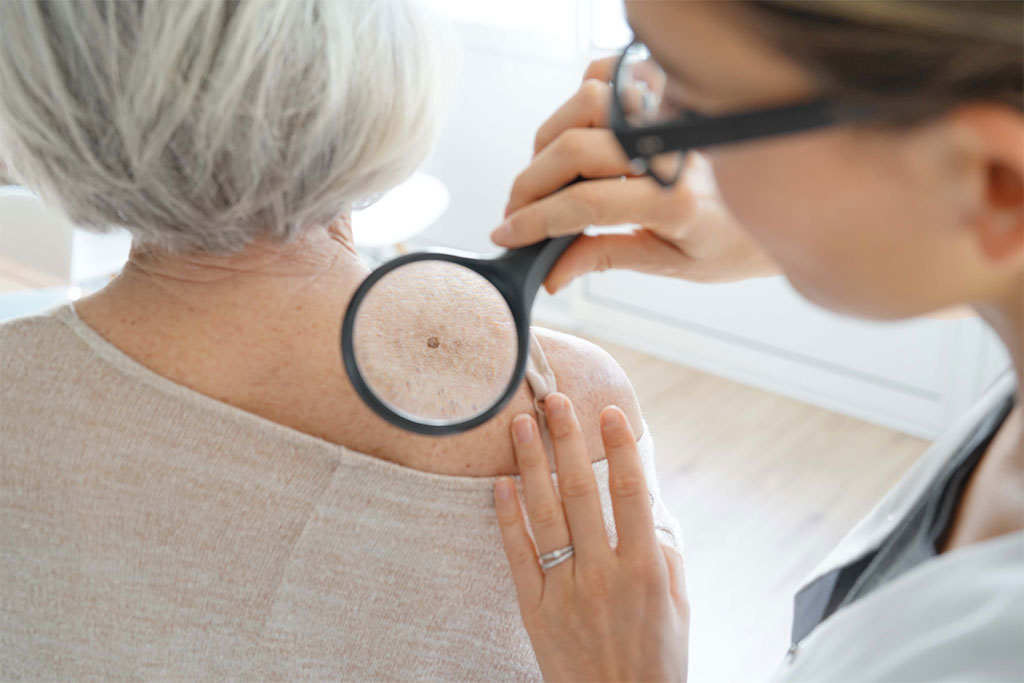
Evidence suggests that hydrochlorothiazide is associated with an increased risk of carcinoma in sun-exposed tissues. It is theorised that this may be due to the photosensitising properties of hydrochlorothiazide.
A recent Australian study demonstrated that hydrochlorothiazide use was associated with a 2.6-fold greater risk of lip cancer and a 20% increased risk of cutaneous melanoma. The risk also appeared to be dose-related, as patients with high hydrochlorothiazide use (defined as a cumulative dose of ≥ 25,000mg) demonstrated a 4.7-fold higher odds of lip cancer. This echoes the findings of two Danish case-control studies that showed an increased risk of squamous cell carcinoma and basal cell carcinoma with hydrochlorothiazide use. This increased risk was not observed for furosemide, angiotensin-converting enzyme (ACE) inhibitors, or angiotensin II antagonists.
Hydrochlorothiazide is a thiazide diuretic indicated for the treatment of hypertension and oedema. It is available as a single ingredient tablet and is also formulated with other antihypertensive agents in a range of fixed-dose combination products. Patients taking hydrochlorothiazide should be advised to regularly check their skin and lips and promptly report any new or changed skin lesions or moles to their doctor. Patients should also limit their sun exposure and practice sun safety.
References:
- Daniels B, Pearson SA, Vajdic CM, Pottegård A, Buckley NA, Zoega H. Risk of squamous cell carcinoma of the lip and cutaneous melanoma in older Australians using hydrochlorothiazide: a population‐based case‐control study. Basic Clin Pharmacol Toxicol. 2020; doi: 10.1111/bcpt.13463.
- Pedersen SA, Gaist D, Johannesdottir Schmidt SA, Rosenkrantz Hölmich L, Friis S, Pottegård A. Hydrochlorothiazide use and risk of nonmelanoma skin cancer: a nationwide case-control study from Denmark. J Am Acad Dermatol. 2018; 78: 673-81 e9
- Pottegård A, Hallas J, Olesen M, Svendsen MT, Habel LA, Friedman GD, et al. Hydrochlorothiazide use is strongly associated with risk of lip cancer. J Int Med. 2017; 282(4): 322-31.
Subscribe Knowledge Centre Updates
Enter your details to receive Knowledge Centre updates
